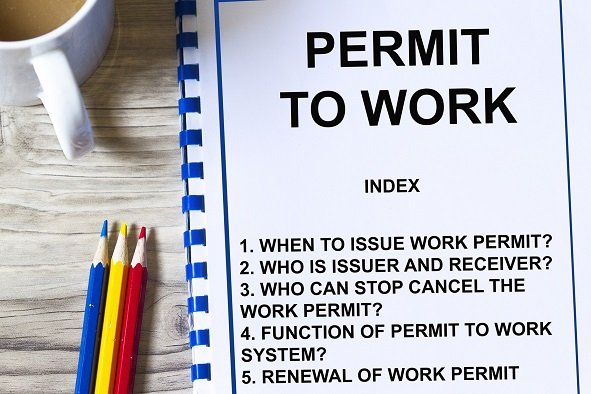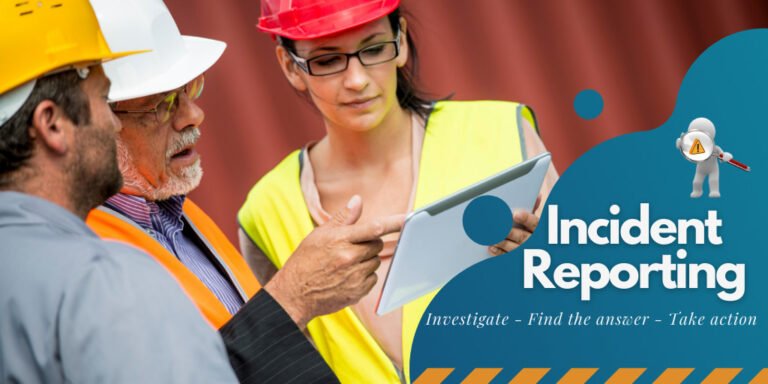Emergency Preparedness and Response Plan – 12 Modules | One Day USD: 150/- and Two Day USD: 250/- Per Pax.
Description
Module 1: Introduction to Emergency Preparedness
- Definition and importance of emergency preparedness
- Types of workplace emergencies (fire, chemical spill, natural disasters, medical)
- Regulatory requirements and standards (OSHA, ISO 45001, NFPA)
Module 2: Risk Assessment and Hazard Identification
- Identifying potential hazards in the workplace
- Risk evaluation and prioritization
- Documenting findings and mitigation strategies
Module 3: Emergency Response Planning
- Key components of an Emergency Preparedness and Response Plan
- Roles and responsibilities of emergency response teams
- Coordination with local emergency services
Module 4: Emergency Communication Systems
- Alarm systems, public address systems, and mass notifications
- Communication protocols during emergencies
- Emergency contact lists and chain of command
Module 5: Evacuation Procedures and Routes
- Planning and mapping evacuation routes
- Assembly points and headcount procedures
- Special considerations for disabled or injured personnel
Module 6: Fire and Fire-Related Emergencies
- Fire prevention and detection
- Firefighting roles and responsibilities
- Fire drills and response simulations
Module 7: Medical Emergencies and First Aid
- First aid procedures and emergency medical response
- Handling injuries, burns, and chemical exposures
- Coordination with on-site medical personnel and EMS
Module 8: Chemical and Hazardous Material Incidents
- Spill containment and cleanup procedures
- PPE requirements and safe handling
- Notification and reporting to regulatory authorities
Module 9: Natural Disasters and Environmental Emergencies
- Response to earthquakes, floods, storms, and extreme weather
- Shelter-in-place procedures
- Continuity of operations planning
Module 10: Training and Drills
- Conducting regular drills for different emergency scenarios
- Evaluating performance and identifying gaps
- Refresher training and competency assessment
Module 11: Incident Reporting and Investigation
- Reporting protocols for emergency events
- Root cause analysis and documentation
- Implementing corrective and preventive actions
Module 12: Continuous Improvement and Safety Culture
- Reviewing and updating the EPRP regularly
- Lessons learned and integrating feedback
- Promoting awareness and building a proactive safety culture
View more Courses
Hi, Welcome back!




